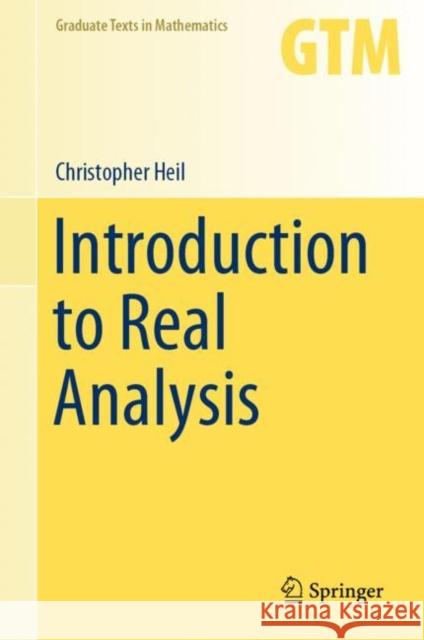Introduction to Real Analysis » książka
topmenu
Introduction to Real Analysis
ISBN-13: 9783030269012 / Angielski / Twarda / 2019 / 386 str.
Kategorie:
Kategorie BISAC:
Wydawca:
Springer
Seria wydawnicza:
Język:
Angielski
ISBN-13:
9783030269012
Rok wydania:
2019
Dostępne języki:
Numer serii:
000009678
Ilość stron:
386
Waga:
0.72 kg
Wymiary:
24.13 x 15.24 x 1.91
Oprawa:
Twarda











